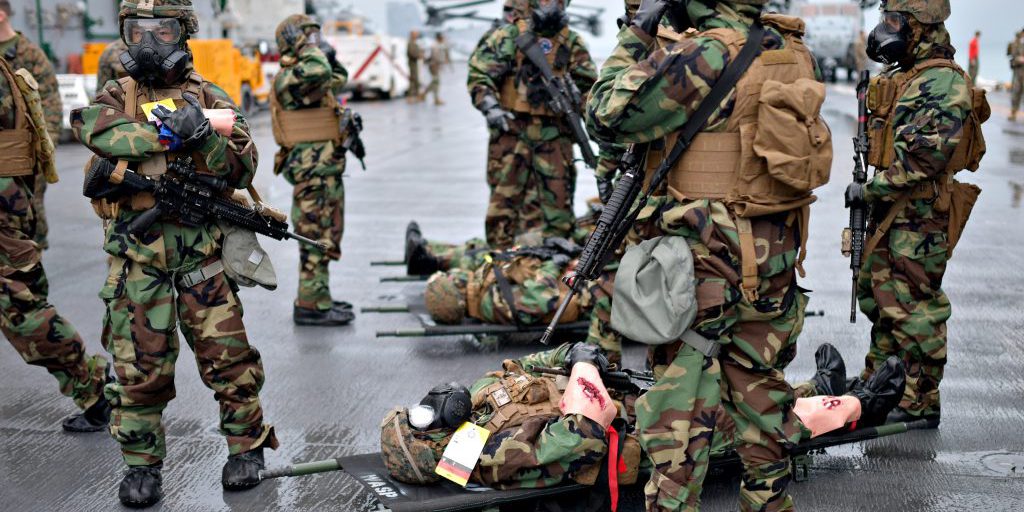an email newsletter released every month highlighting the latest articles, events, technical inquiries, and voices from the community
CBRN Threats in Open Water

U.S. Sailors and Marines assigned to the 31st Marine Expeditionary Unit (MEU) take part in a chemical, biological, radiological, and nuclear (CBRN) mass casualty drill on the flight deck of the amphibious assault ship USS Wasp (LHD 1), East China Sea, on October 22, 2018. Wasp, flagship of Wasp Amphibious Ready Group, with embarked 31st MEU, is operating in the Indo-Pacific region to enhance interoperability with partners and serve as a ready-response force for any type of contingency (U.S. Navy photo by Mass Communication Specialist 1st Class Daniel Barker).
Posted on September 22, 2019 | Completed on September 22, 2019
Are there sensors available that can detect CBRN threats in open water?
Want to find out more about this topic?
Request a FREE Technical Inquiry!

